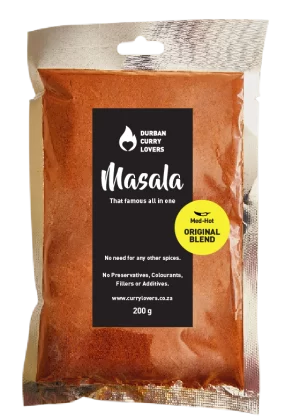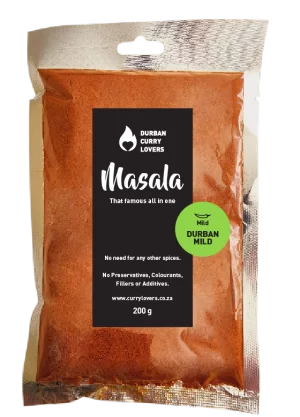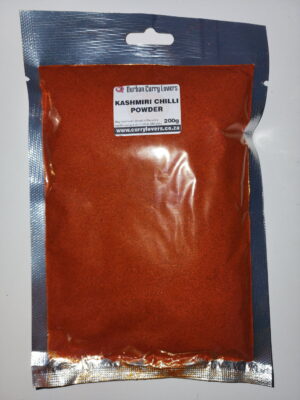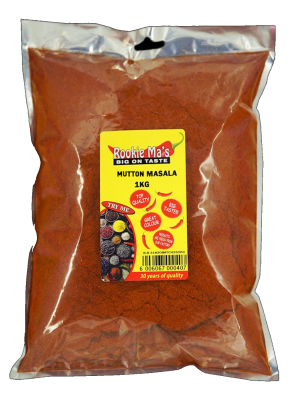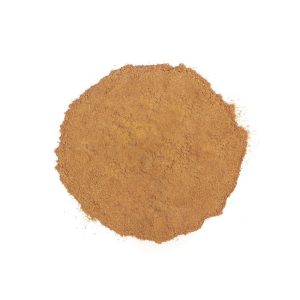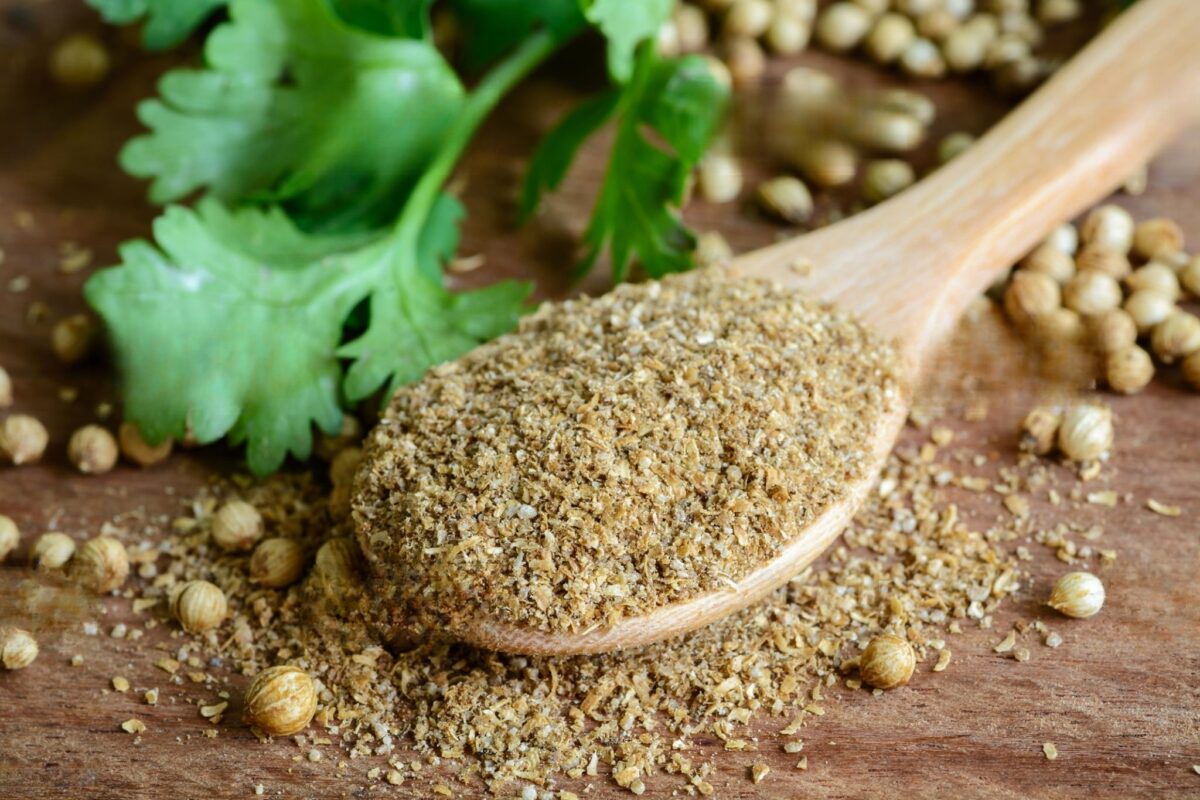
The tapestry of Indian cuisine is rich, diverse, and studded with an array of spices, each carrying its unique flavor profile and health attributes. A standout among these is the coriander, or as it’s locally called, “dhania”. Both the seeds and the ground form, known as coriander powder, hold a special place in the heart of Indian kitchens.
Historical Significance
Coriander’s journey in Indian culinary arts is both ancient and revered. Records show its use in India for thousands of years, not only as a culinary spice but also for its medicinal properties. Ancient Ayurvedic scripts cite coriander as a remedy for digestive issues, fever, and certain skin conditions. The allure of coriander transcended Indian shores early on, finding its way to the Middle East and the Mediterranean through trade routes.
Growing and Harvesting Coriander
Coriander is an annual herb, thriving best in well-drained soil with moderate sunlight. The plant, adorned with delicate, feathery leaves and tiny white flowers, is a common sight in Indian gardens. While the leaves (known as cilantro or fresh coriander) are used extensively in various dishes, it’s the seeds that are the focus here.
After flowering, the plant yields small, round, beige-colored seeds. These seeds are harvested once they turn brown, post which they are sun-dried and can either be stored whole or ground into a fine powder.
Health Benefits
Coriander seeds are not merely taste enhancers; they come packed with numerous health benefits:
- Digestive Aid: Traditionally used to treat indigestion, coriander seeds can help alleviate bloating and other digestive issues.
- Antioxidant Properties: Rich in antioxidants, coriander seeds help in fighting free radicals, reducing the risk of cellular damage.
- Anti-inflammatory: Coriander seeds have shown anti-inflammatory properties, making them beneficial for inflammatory conditions.
- Blood Sugar Regulation: Some studies suggest that coriander seeds can help in regulating blood sugar levels.
- Cholesterol Management: Regular consumption might assist in lowering bad cholesterol levels.
Dishes that Celebrate Coriander Seeds and Powder
- Dhania Chicken: A luscious curry where coriander powder takes center stage, lending a deep, earthy flavor to the chicken.
- Dhania Pulao: Rice pilaf delicately spiced with whole coriander seeds, offering a fragrant twist to the regular rice dish.
- Coriander Chutney: Although this uses fresh coriander leaves, a pinch of roasted coriander powder adds depth to this refreshing dip.
- Aloo Dhania: A popular potato dish where coriander powder complements the starchiness of potatoes.
- Coriander Seed Pickle: A tangy preparation where whole coriander seeds are pickled, showcasing their raw flavor.
Using Coriander in Indian Cooking
Coriander, in its seed or powdered form, is a backbone in Indian spice blends and individual dishes. The seeds, when used whole, are often roasted lightly to intensify their flavor. The powder, on the other hand, forms the base of many spice mixes like ‘garam masala’. It’s commonly combined with cumin, turmeric, and chili in Indian gravies, lending depth and earthiness. It’s essential, however, to store coriander powder in a cool, dark place as it loses its aroma quickly.
In conclusion, coriander, with its versatile application and myriad benefits, has solidified its position as an indispensable spice in Indian cooking. Its subtle yet profound influence in dishes continues to win hearts, making every meal a flavorful journey.
Fenugreek Translated (Tamil: Vendhayam, Hindi/Urdu: Methi, Gujarati: Methi)
Citations:
- Aga, M., Iwaki, K., Ueda, Y., Ushio, S., Masaki, N., Fukuda, S., … & Narumi, S. (2002). Preventive effect of Coriandrum sativum (Chinese parsley) on localized lead deposition in ICR mice. Journal of ethnopharmacology, 84(1), 35-40.
- Chithra, V., & Leelamma, S. (1999). Coriandrum sativum—effect on lipid metabolism in 1, 2-dimethyl hydrazine induced colon cancer. Journal of Ethnopharmacology, 64(1), 23-27.
- Eidi, M., Eidi, A., & Saeidi, A. (2009). Effect of coriander seed (Coriandrum sativum L.) ethanol extract on insulin release from pancreatic beta cells in streptozotocin-induced diabetic rats. Phytotherapy Research: An International Journal Devoted to Pharmacological and Toxicological Evaluation of Natural Product Derivatives, 23(3), 404-406.
Note: Always consult with a healthcare professional before adding any new supplement or food to your diet, especially in medicinal quantities.
If you enjoyed this article, you may enjoy our article on the use of Fenugreek / Methi in Indian cooking.
Here is a list of 20 spices commonly used in Indian cooking, with their translations.

